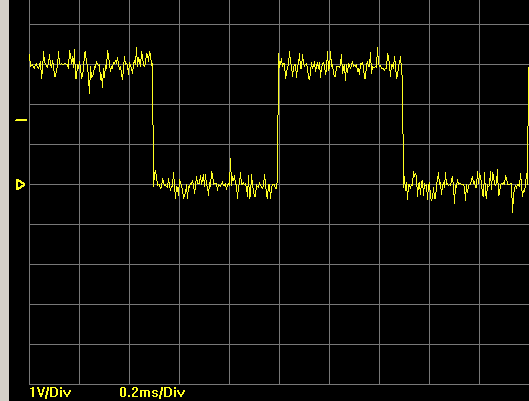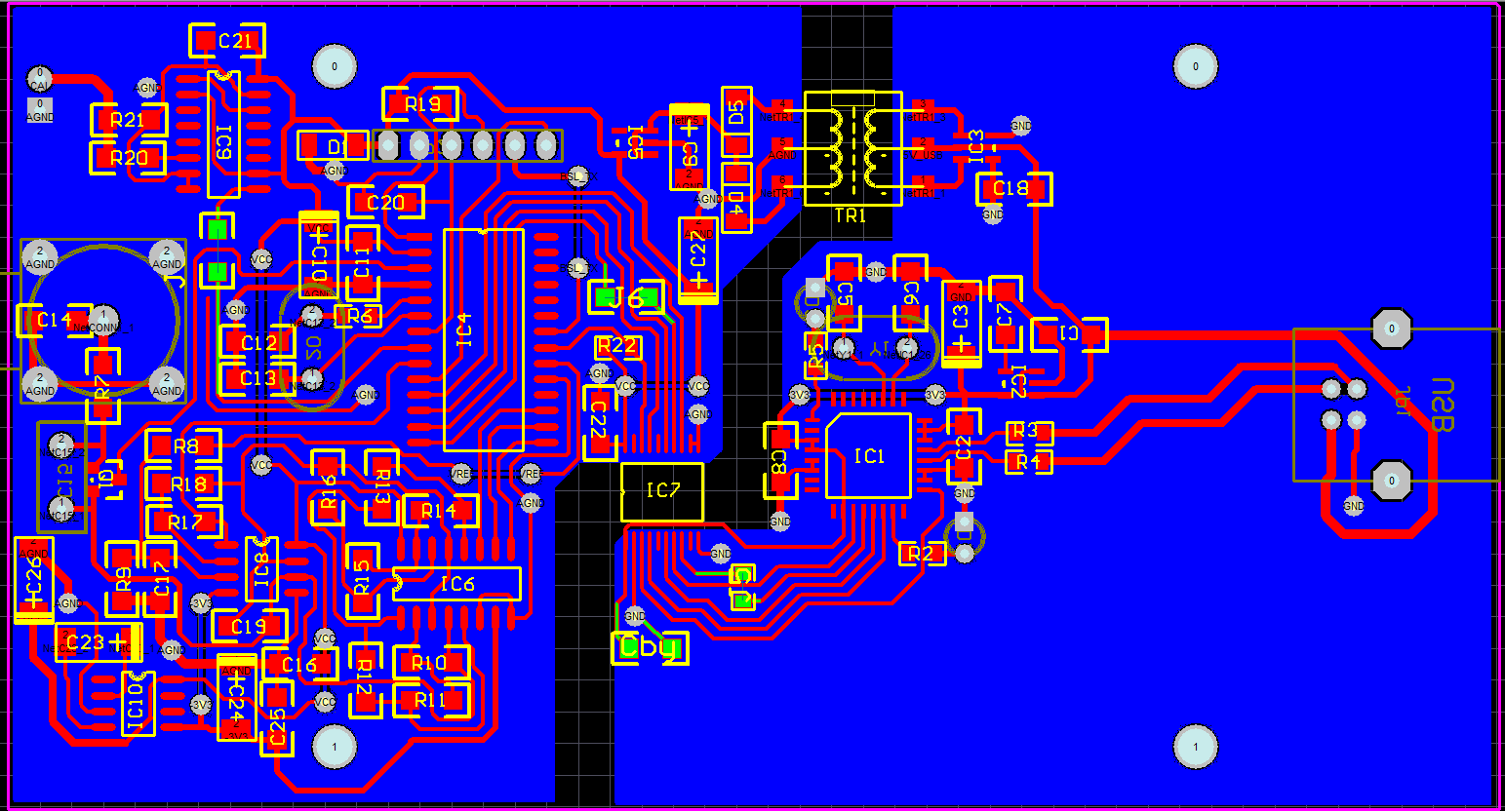Dear Forum Members,
Im working on a data acquisition circuit with USB connection and I experience high noise level despite the presence of isolation. Plese see the attached picture showing the layout.
The isolator is a capacitive SPI type (non TI part) Of course, the power also isolated and implemented with SN6501 oscillator IC and a Würth small ferrite transformer combination.
Both part of the circuit do utilize ground plances.
The data conversion is based on an MSP430F1222 device. The MCU also generates symmetrical square wave as test signal (using TIMER_A module in Contious mode, OUT unit in Toggle mode).
The high noise level still exists if the input tied to GND.
The noise can be highly reduced if I touch the isolated analog GND (Side A on the picture) or I connect the two ground planes thus elimintaing the isolation (even if using some nF capacitor).
Can you pease give some advise what can be the rootcause becasue i do not have idea.
Thanks in advance!





